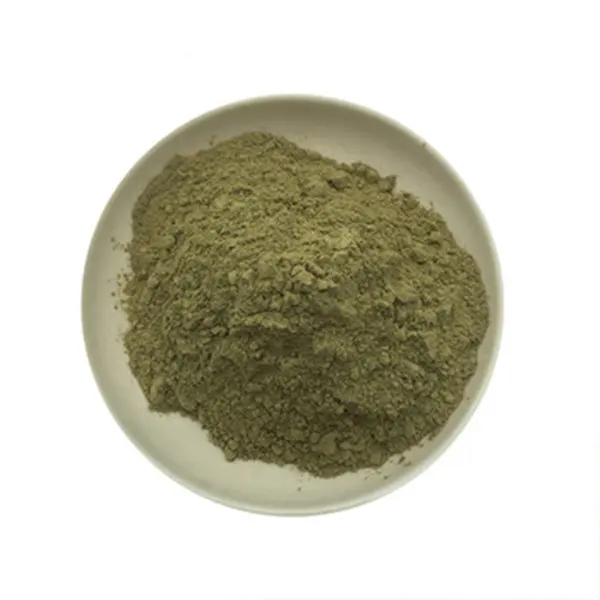Beauveria and Metarhizium anisopliae: Production and application of fungal insecticides
Fungal insecticide is a bioactive preparation that uses entomogenous fungi as a biological control method to control harmful insects in nature. Biological control is the development direction of ecological agriculture in the future, using the relationship between biological species to inhibit one kind of organism or another kind of organism. It has target specificity and is safe and harmless to the environment. Since 1878, when the Russian Metarhizium anisopliae was first used to control the Austrian beetle (Anisoplia austriaca) and the beet weevil (Bothynocleres punctiventris), Entomopathogenic fungi have been applied and developed continuously in the control of agricultural and forestry pests. At present, the main fungal insecticides are Beauveria bassiana, Metarhizium anisopliae, Lilacanthium and so on.
Only Beauveria bassiana and Metaria bassiana can parasitize more than 700 kinds of larvae of lepidoptera, Coleoptera, hemiptera and diptera. They are also the broad-spectrum parasitic fungi with the largest application area and the most studied. The pathogenic mechanism of different fungi is different. The advantages of fungal insecticides are: tactility and broad spectrum, which can infect a variety of insects; Has epidemic potential; Long residual period, strong diffusion. Its disadvantages are slow action, long infection process and large environmental restriction.
Post time: Nov-01-2024






